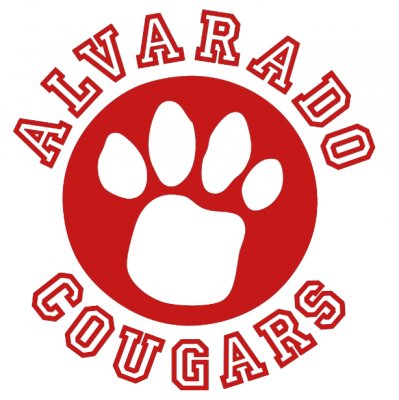General Education Link to this section
General Education Program
Alvarado has two programs, General Education (also known as “GE”) and Spanish Immersion ("SI"). There are two primary differences between the programs: General Education students receive no Spanish language instruction during school hours, and the General Education classroom does not have a formula for balancing native Spanish and native English speaking children.
Both programs follow SFUSD curriculum and standards for instruction.
Alvarado follows state standards for math, science, social studies and language arts.
Our teachers take learning outside the classroom, too. Alvarado students take many field trips, usually in groups of two classrooms, often with groups from both the General Education and the Spanish Immersion programs. Last year two fourth-grade classes visited the Marin Headlands Institute, all four classes of kindergardeners visited the California Academy of Sciences, and one fourth/fifth-grade class visited the Academy twice. Third graders traveled downtown to see an ODC performance of the Velveteen Rabbit at Yerba Buena Center for the Arts.
The number of classes is the same for the General Education and the Spanish Immersion programs. There are two classrooms for kindergarten, first, second and third grades. There is one fourth-grade class, one fifth-grade class and one classroom split between fourth and fifth graders.
The composition of each class changes each year as children are shuffled and distributed into new classrooms for the next grade to ensure classes meet all students needs and present our school diversity. This creates a larger circle of friends and familiar faces for each child while making the entire school a more tightly knit community.
This page was last updated on July 24, 2025

